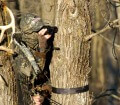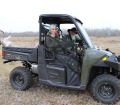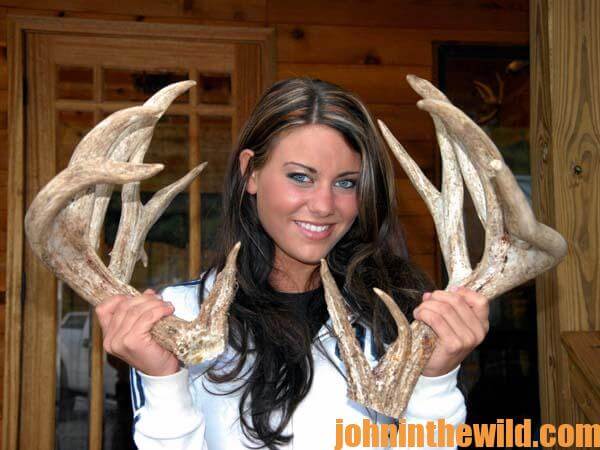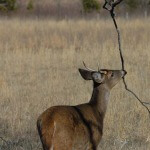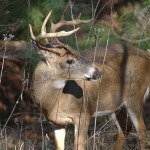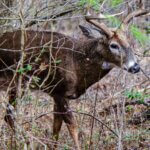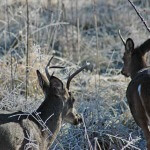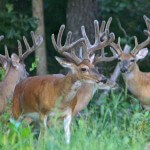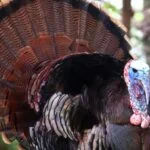John’s Note: What can you learn about deer from antlers? Do bucks grow new antlers each year? If a buck’s an 8-point deer one year, will he be a 9 point the next year? What causes some deer to have high, wide-racked antlers, while other deer may have narrow, spindly antlers? These are just a few of the questions we posed some years ago to two of the nation’s leading wildlife scientists – Dale Sheffer, the then Director of the Bureau of Wildlife Management for the State of Pennsylvania, and Dr. James G. Teer, today the Director Emeritus of the Welder Wildlife Foundation, in Sinton, Texas.
“90 percent of the influence on antler development is dependent on the nutrition of that animal.” ~Dr. James Teer
When asked about what can be determined from the number of points on a deer’s rack as well as its size, Dr. Teer replies that, “No direct correlation exists between the number of points a buck has on its rack and the age of the animal. However, generally, younger deer will have smaller antlers than the older deer. Once bucks are adults, their antler development depends more on the amount of nutrition they receive than any other factor.
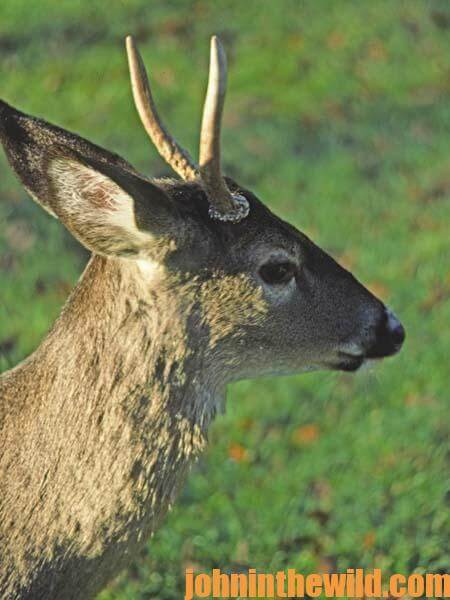
Although a theory at one time has been that a spike always will be a spike, this concept is not valid.
The amount of food, the quality of that food and the general well-being of the individual buck are some of the major contributing factors to antler growth and development.
Although a theory at one time has been that a spike always will be a spike, this concept is not valid.
However, some evidence does show that spikes can be controlled genetically. Spikes may produce smaller-antlered bucks later in life than fork-horned deer do. But I believe 90 percent of the influence on antler development is dependent on the nutrition of that animal.”
Sheffer comments that studies done in Pennsylvania have revealed that if a buck gets all the food he needs, until he is 5-1/2-years old, his antlers usually will grow bigger each year. But at the age of 6-1/2-years, a deer’s antlers often begin to decline and actually may be smaller than they have been earlier in a buck’s life. However, a 1-1/2-year old buck on a high-protein diet can be an 8 point.
Teer also reiterates the importance of nutrition on a deer’s antler development by pointing out that a big, healthy 10-point buck in Texas will have much smaller antlers the next year following a spring and summer of drought.
“That 10-point deer only might be an 8 point during the next hunting season. A buck we observed at the Welder Wildlife Foundation for 3 years progressively grew larger antlers until the third year when he experienced a drought and a reduction of food. Then his antlers were smaller.”
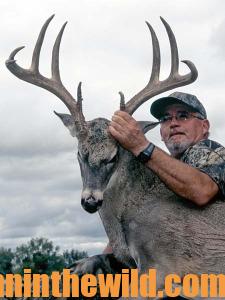 Although the diameter of the base of the main beam 1-inch from the base of the antlers is a measurement biologists commonly take when studying antler development, some hunters think this diameter measurement of the main beam relates to a deer’s age. But both Teer and Sheffer caution that the diameter of the main beam generally provides more information about the nutritional level and the general health of the animal than it does age.
Although the diameter of the base of the main beam 1-inch from the base of the antlers is a measurement biologists commonly take when studying antler development, some hunters think this diameter measurement of the main beam relates to a deer’s age. But both Teer and Sheffer caution that the diameter of the main beam generally provides more information about the nutritional level and the general health of the animal than it does age.
“Mostly bucks that are older will have antlers with a larger diameter base than younger bucks,” Sheffer reports. “However, if a buck goes through a severe winter with little available food and loses a large amount of body weight, then he won’t put on antlers as large as he has the year before, even though the base of the antlers, the pedicel, will remain the same size or grow slightly. Because a buck’s body’s number-one priority is to keep the animal alive, only left-over nutrition will be used to build antlers.
To learn more about deer hunting, get John E. Phillips’ Kindle eBooks:
- “How to Hunt Deer Up Close: With Bows, Rifles, Muzzleloaders and Crossbows,”
- “PhD Whitetails: How to Hunt and Take the Smartest Deer on Any Property,”
- “How to Take Monster Bucks,” and
- “How to Hunt Deer Like a Pro,”
- or to prepare venison, get “Deer & Fixings.”
Share this page with a friend!
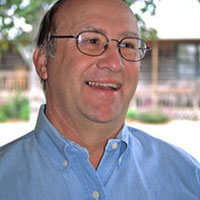 About the Author
About the Author
John Phillips, winner of the 2012 Homer Circle Fishing Award for outstanding fishing writer by the American Sportfishing Association (ASA) and the Professional Outdoor Media Association (POMA), the 2008 Crossbow Communicator of the year and the 2007 Legendary Communicator chosen for induction into the National Fresh Water Hall of Fame, is a freelance writer (over 6,000 magazine articles for about 100 magazines and several thousand newspaper columns published), magazine editor, photographer for print media as well as industry catalogues (over 25,000 photos published), lecturer, outdoor consultant, marketing consultant, book author and daily internet content provider with an overview of the outdoors.

